Nationality American Name Jerry Uelsmann | Role Photographer | |
 | ||
Born June 11, 1934 Detroit, Michigan Alma mater Indiana UniversityRochester Institute of TechnologyUniversity of Florida Awards Guggenheim Fellowship for Creative Arts, US & Canada Books Uelsmann/Yosemite, Approaching the shadow, Meditation navigation: Jerry Uel, Silver Meditations, Exposures: Photographs Similar People Maggie Taylor, Ansel Adams, Scott Mutter, Sandy Skoglund, Diane Arbus | ||
Jerry uelsmann visual poetry photography coil where are you
Jerry N. Uelsmann (born June 11, 1934) is an American photographer, and was the forerunner of photomontage in the 20th century in America.
Contents
- Jerry uelsmann visual poetry photography coil where are you
- Jerry uelsmann
- Biography
- Chronology through 1985
- Awards
- Museums
- Publications
- References
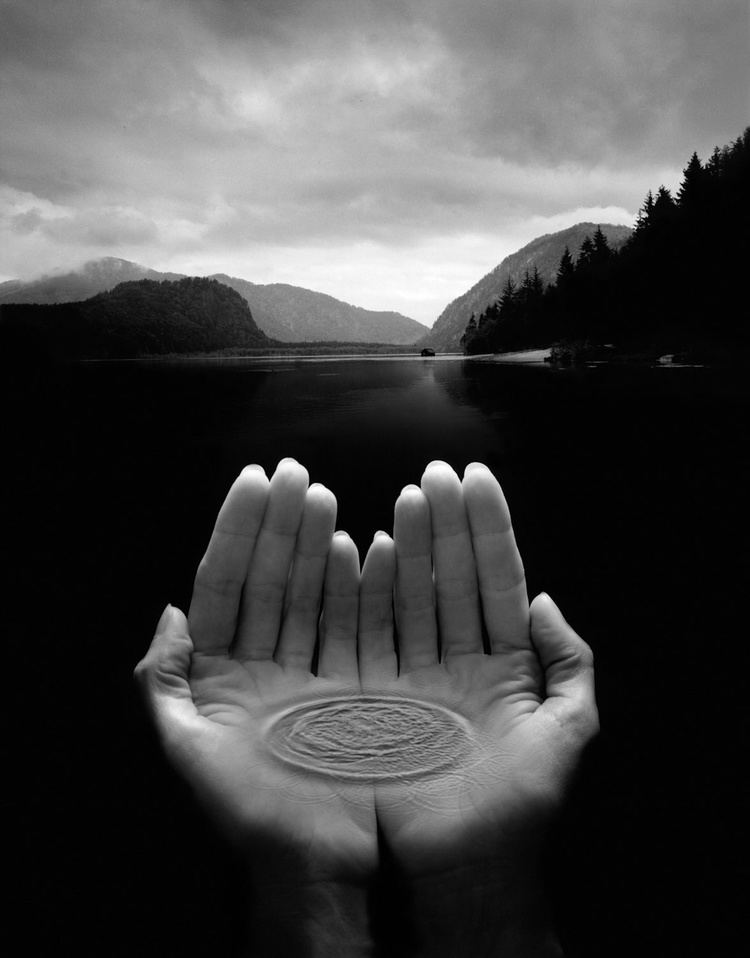
Jerry uelsmann
Biography
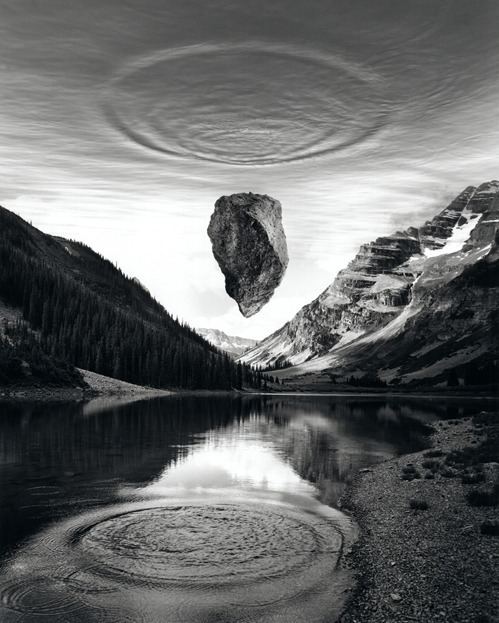
Uelsmann was born in Detroit, Michigan. While attending public schools, at the age of fourteen, there sparked an interest in photography. He believed that through photography he could exist outside of himself, to live in a world captured through the lens. Despite poor grades, he managed to land a few jobs, primarily photographs of models. Eventually Uelsmann went on to earn a BA from the Rochester Institute of Technology and M.S. and M.F.A. degrees from Indiana University. Soon after, he began teaching photography at the University of Florida in 1960. In 1967, Uelsmann had his first solo exhibit at The Museum of Modern Art which opened doors for his photography career.
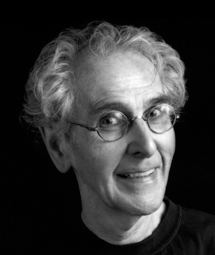
Uelsmann is a master printer, producing composite photographs with multiple negatives and extensive darkroom work. He uses up to a dozen enlargers at a time to produce his final images, and has a large archive of negatives that he has shot over the years. Uelsmann does not carry multiple attachments, but only one camera, "Most photographers carry many cameras with multiple attachments. Most photographers have one enlarger. I have half a dozen." When beginning to create one of his photomontages, he has a strong intuitive sense of what he's looking for, some strategy for how to find it, and an understanding that mistakes are inevitable and are part of the creative process. His process begins after a day of shooting. He returns to his work station in his home and covers a large drafting table with hundreds of proof sheets. He folds and overlaps various contact prints, explores the visual possibilities, then brings the options into his darkroom. He then sets his selected pieces into the large number of enlargers that he owns in his darkroom, and moves the photo paper progressively down the line, building up an image. The negatives that Uelsmann uses are known to reappear within his work, acting as a focal point in one work, and background as another. Similar in technique to Rejlander, Uelsmann is a champion of the idea that the final image need not be tied to a single negative, and may be composed of many. During the mid-twentieth century, when photography was still being defined, Uelsmann didn't care about the boundaries given by the Photo Secessionists or other realists at the time, he simply wished to share with the viewer, the images from his imagination and saw photomontage as the means by which to do so. Unlike Rejlander, though, he does not seek to create narratives, but rather "allegorical surrealist imagery of the unfathomable". Uelsmann is able to subsist on grants and teaching salary, rather than commercial work.
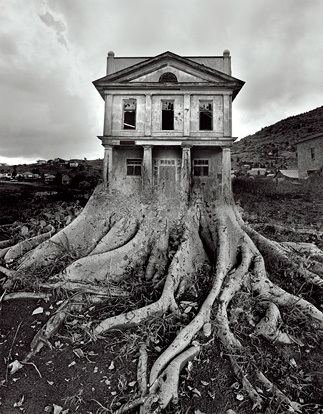
Uelsmann's interpretations of landscape elements, reworked, tweaked, and recontextualized, force the viewer to actively interact with his subjects. Continually in his photographs the viewer is confronted with entrances, whether they be gates, windows, trap doors, or ordinary doors. Usually the entrances are shut, but even when they are not, Uelsmann does not allow his viewer to see inside so the viewer must imagine what is inside. This is an example of the viewer having to actively interact with the photo they are forced to think more deeply and critically about their own interpretation. In Uelsmann's art there are many right answers - and discovering them is a process that involves both artist and viewer.
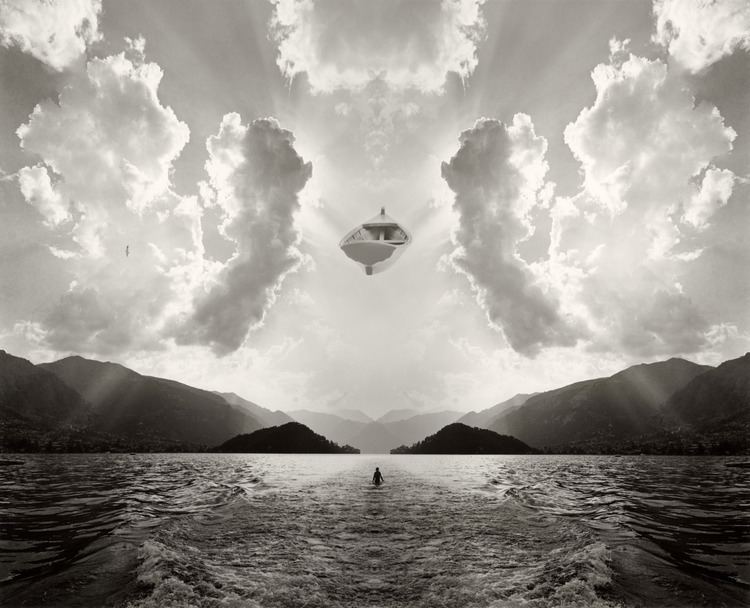
Today, with the advent of digital cameras and image editing software, photographers are able to create a work somewhat resembling Uelsmann's in less than a day. However, at the time Uelsmann was considered to have almost "magical skill" with his completely analog tools. At the time Uelsmann's work first came to popular attention, photos were still widely regarded as unfalsifiable documentary evidence of events. However, Uelsmann, along with Lucas Samaras, was considered an avant garde shatterer of this popular mindset and help to expand the artistic boundaries of photography.

Despite his works' affinity with digital techniques, Uelsmann continues to use traditional equipment. "I am sympathetic to the current digital revolution and excited by the visual options created by the computer. However, I feel my creative process remains intrinsically linked to the alchemy of the darkroom." Today Uelsmann is retired from teaching and lives in Gainesville, Florida. In 2016, he divorced his third wife, Maggie Taylor. He has one son, Andrew. Uelsmann still produces photos, sometimes creating more than a hundred in a single year. Out of these images, he likes to select the ten he likes the most, which is not an easy process.
His photographs can be seen in the opening credits of the television series The Outer Limits (1995), and the illustrated edition of Stephen King's Salem's Lot. In addition, his artwork is featured on the cover of Dream Theater's 2003 album Train of Thought, and Bon Jovi's 2016 album This House Is Not for Sale.
Chronology through 1985
Awards
Uelsmann received a Guggenheim Fellowship in 1967 and a National Endowment for the Arts Fellowship in 1972. He is a Fellow of the Royal Photographic Society of Great Britain, a founding member of The Society of Photographic Education, and a former trustee of the Friends of Photography. He was inducted into the Florida Artist Hall of Fame in 1994.
Museums
Uelsmann's work is world-renowned, and has been featured in over 100 individual shows across the United States and abroad over the past forty-years. His work is featured in the permanent collections of, but not limited to:
